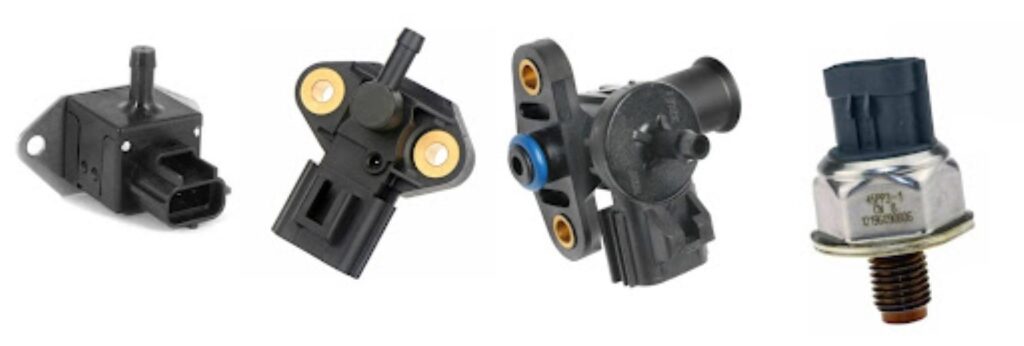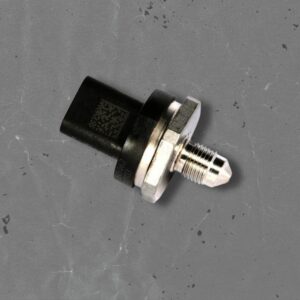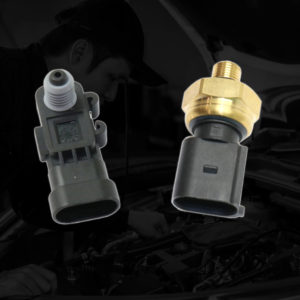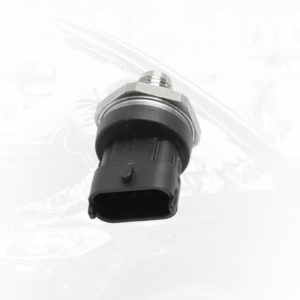Q: Where Is the Fuel Pressure Sensor Typically Located?
A: The fuel pressure sensor is typically located somewhere on the engine’s fuel rail, which is responsible for distributing fuel to the fuel injectors. This component is located somewhere on the outside of the engine. It can be tucked in on the side or it can be right on top.
The fuel pressure sensor is responsible for tracking the fuel pressure inside the fuel rail and sends this crucial information to the powertrain control module (PCM).
Some engines have two fuel pressure sensors. In a 2013 Chevrolet Equinox, for example, there’s one fuel pressure sensor on the fuel rail that sits right behind the intake manifold, and another one underneath the engine close to the driver’s side wheel.

Gasoline direct injection (GDI) vehicles like the Equinox described above may have two fuel pressure sensors: one on the engine’s high pressure fuel rail and another in the low pressure fuel supply pipe. But some GDI vehicles don’t have low side fuel pressure sensors. However, GDI vehicles always have a fuel rail pressure sensor on the high pressure fuel rail.
How to Access the Fuel Pressure Sensor?
First, find the sensor on the fuel rail and evaluate your ability to access and change it.
Accessing the fuel pressure sensor can be difficult, especially if your vehicle has a small engine bay. You may need to disconnect several wires from the wiring harness and remove the engine’s intake manifold so you can reach into the side of the engine to retrieve the fuel pressure sensor. Some vehicles have easily accessible fuel pressure sensors that sit near the top of the engine.

Before you conduct this repair, you have to make sure that you’ve left your engine to cool overnight. Reaching into an engine bay that’s been turned on recently is a bad idea. Removing the fuel pressure sensor out of its connector can result in burns if you make contact with the engine block. Additionally, the fuel pressure itself can be scalding.
Any information provided on this Website is for informational purposes only and is not intended to replace consultation with a professional mechanic. The accuracy and timeliness of the information may change from the time of publication.

































